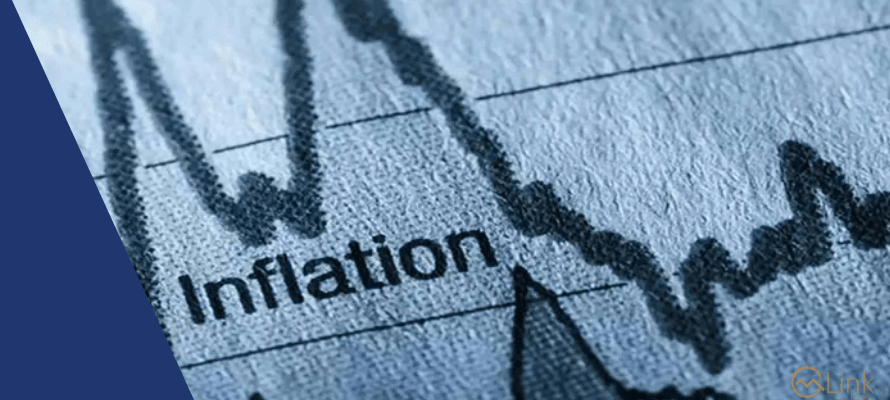Aug 4, 2020 (MLN): The overall fiscal position during Jul-Mar FY20 showed considerable improvement over the corresponding period of last year. The fiscal deficit declined to 4.0 percent from 5.1 percent; while revenue deficit contracted, primary balance recorded a surplus.
The State Bank of Pakistan in its latest quarterly report of FY20, “The State of Pakistan’s Economy”, underlined that this improvement is primarily attributed to strong growth in non-tax revenues and higher tax rates, along with curbs on expenditures in Q1. Within expenditures, current spending recorded a marginal deceleration while spending on social fronts notably increased in Q2 and Q3.
However, the report highlighted that towards the end of Q3 of FY20, the fiscal sector’s performance started to falter due to the large size of the shock to the economy in the form of COVID-19 related lockdowns. Specifically, notable gains in terms of a primary budget surplus of the first half turned into a deficit during Q3-FY20.
In March 2020, all categories of FBR taxes recorded negative growth and PSDP releases shrank. As the onset of lockdowns disrupted mobility and unemployment increased sharply, strong pressures to provide direct support to the most vulnerable segments of the society, especially in the informal sector, emerged.
In effect, the pressures on public finances are quite significant both because of the contraction in economic activity and additional spending requirements especially on health and cash transfers, the report revealed.
As for the financing of the budget deficit is concerned, the burden fell on both domestic and external sources. Resultantly, public debt increased during the period under review; however, the pace of debt accumulation was slower as compared to last year due to lower financing needs.
On the revenue front, as per SBP’s report, overall FBR tax collection reached Rs 3,060.5 billion during Jul-Mar FY20, a growth of 13.3 percent compared to 2.8 percent growth in the same period last year.
It is important to note that the steps taken in Q1-FY20 remain the main drivers in FBR revenue growth. Accordingly, the main impetus came from higher sales tax rates on various POL products, the abolishment of the zero-rating regime for export-oriented sectors, an upward revision of income tax rates on various salary slabs, a re-enactment of WHT on telecom services, and higher FED rates.
Relatively higher inflation during Jul-Mar FY20 may also have contributed to revenue growth. Moreover, import-related taxes, constituting more than 40 percent FBR taxes, continued to remain under stress due to the declining trend in imports amid COVID-19 pandemic.
According to the quarterly report by SBP, direct taxes that constitute one-third of the overall FBR taxes rose by 15.0 percent in Jul-Mar FY20 in contrast to a decline of 0.8 percent in the corresponding period last year.
Likewise, Indirect taxes grew by 12.2 percent during Jul-Mar FY20 against a subdued growth of 5.1 percent in the corresponding period last year. The rise in the collection of indirect taxes is primarily due to upward revision of sales tax rate and federal excise duty.
Non-tax revenues rose significantly by Rs 673.9 billion during Jul-Mar FY20, compared to a decline of Rs 84.6 billion in the corresponding period last year. The rise is largely attributed to higher SBP profits and revenues received through the GSM license renewal fee. The renewal fee of the GSM license was realized in Q1 and Q2 of FY20. SBP profits increased by Rs 497.3 billion compared to a decline of Rs 5.0 billion during the same period of last year. This sharp increase in profits is largely attributed to higher interest rates and revaluation gains.
On the expenditure front, during Jul-Mar FY20, total expenditures grew by 16.6 percent das compared to 8.0 percent during the same period last year. A broad-based increase in current and development expenditure at both federal and provincial fronts contributed to this growth.
However, the quarter-wise analysis reveals that the total expenditure actually decelerated in Q3-FY20 after a sharp growth reported in the second quarter. Moreover, the development expenditure declined along with the slowdown in current expenditure in Q3-FY20.
Major contributions in current spending came from the interest payments (mainly on the back of domestic debt) and the government’s concern to support social spending (Ehsaas Program). Towards the end of Q3-FY20, the COVID-19 pandemic necessitated the need for the fiscal stimulus package, and accordingly, the government announced a meaningful relief package of PKR 1.24 trillion.
Overall lower financing needs helping in containing the pace of public debt accumulation during Jul-Mar FY20. Gross public debt increased by Rs 2.5 trillion during the period under review compared to a rise of Rs 3.7 trillion in the corresponding period last year. Two-third of the rise in public debt originated from domestic sources, while the rise in government external debt (in Rupee terms) remained much lower compared to the same period last year.
Going forward, the report suggested some prospects for gradual improvement in economic activity as the government has eased the lockdown while allowing many sectors to resume activities. In FY21, roll out of the much-needed socio-economic support package may continue to keep government expenditures high in the coming months. However, the gross revenue target of PKR 6.57 trillion for FY21 is challenging as it entails significant growth over FY20 in a low economic activity environment.
As current expenditures, such as interest payments and pensions, are expected to consume a major share of the revenues, the government needs to have an efficient debt management policy while ensuring PSDP expenditures as per budget during FY21.
Copyright Mettis Link News
36111







